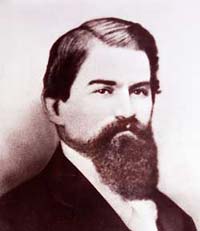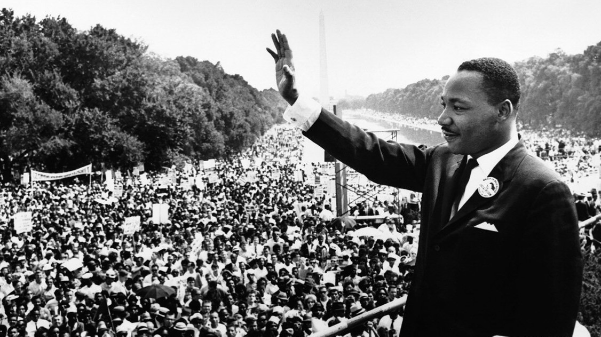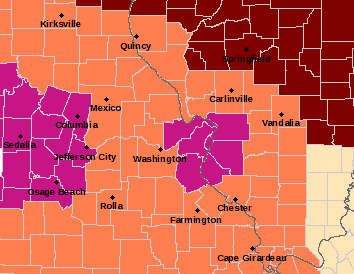
Natalie Ruiz | Lindenlink Staff
Did you know Coke has a different taste, depending on what country it’s been produced for?
Coca-Cola, or Coke, is the most consumed, and most popular soda in over 200 countries and territories around the world.

John Pemberton – American founder of The Coca-Cola Company – envisioned his product for pharmaceutical purposes in the late 1800s.
From it’s launching date in 1886 , Coke’s two distinguishing ingredients were cocaine and caffeine. The cocaine was derived from the coca leaf and the caffeine from kola nut, which defined the brand’s name: Coca-Cola.
The small amount of cocaine included in the brain stimulating product gave drinkers a buzz.
Therefore around the corner of the century, Coca-Cola decided to remove cocaine from the formula. Caffeine provides the stimulating ingredient while keeping the product medicinal claims free.
Some say that Coke in India is spicier and some Latin-Americans believe Coke is more gassy.
We’ve asked LU international students how similar or different the product is in their native countries.
Leine Agata, senior, finds the Brazilian Coke better than the American one.
“It is totally different! In here it tastes like medicine, plus it is sweeter in Brazil,” said Agata.
Agata said she definitely prefers the Brazilian version.
What makes the sensational drink so particular in so many countries is sugar. The company uses either sucrose, or high-fructose corn syrup – depending on the country of origin.
Konstantiva Stavroulaki, freshman, finds that Coke in Greece is not that different from Coke in the U.S.
She said, “I don’t have a problem choosing because they are the same. Maybe the Greek one has more gas.”
The fizz comes from the amount of carbon dioxide gas, and that is what makes Coca-Cola bubbly.
Other ingredients from the effervescent beverage aisle include: phosphoric acid, caramel color, and natural flavorings. The rest of the recipe is trade secret.
Senior student Caroline Borel prefers the American Coke over the French one.
She finds Coke sweeter in America, but bubblier in France.
“There are differences between both versions, but they still are similar products, with close taste, aspects, effects and so on!” said Borel.
According to an October report from Reuters, a British international news agency, “shares of Coca-Cola, which generates almost 60 percent of its revenue from international markets and nearly 70 percent from soft drinks, were up 0.2 percent at $37.97 in midday trading.”
Pemberton’s soda product has become more than seven extensions of Coca-Cola, including: Coca-Cola Light, Diet Coke, Coca-Cola Cherry, or Vanilla.
Vincent Onyia, graduate student, says he prefers American Coke over Nigerian Coke because they offer more variety.
“They have Coke Zero which has no calories but back home there is no such thing as non- calorie Coca-Cola,” said Onyia.
He said the bottle is different than it is here but the taste is close. “The only difference is the amount of sugar is high in my country because I think if it’s hotter then we need more energy to work under hot weather.”
Bottom line, Coca-Cola is only one of the thousand things that unite cultures. Leaving aside the fact that it it is a worldwide popular brand, it is incredibly intriguing to see how products we grow up with, may be completely different in the opposite side of the globe.
What are some of the things that make you miss home? Is there anything like Coca-Cola that it is a little different but still nostalgic to think about?














